While Saint Patrick’s Day is widely celebrated with joy, laughter, and plenty of green, there are also some lesser-known aspects of the holiday that veer towards the mysterious or even creepy. Here are a few Saint Patrick’s Day facts that bring out a different side of this day:
Table of Contents
ToggleSaint Patrick’s Legends of Banishing Snakes
One of the most famous legends surrounding Saint Patrick is that he banished all snakes from Ireland, driving them into the sea. While scientists argue that post-glacial Ireland never had snakes, the tale carries eerie imagery of serpents being exorcised from the land. Some interpretations suggest the snakes symbolize evil forces or pagan druids that Saint Patrick drove away with his faith.
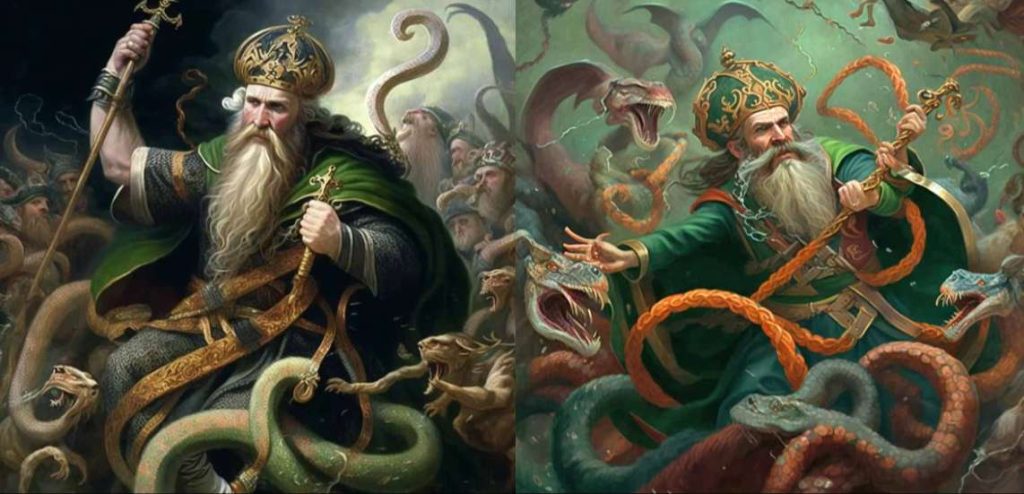
The Darker Side of Leprechauns
Leprechauns, often depicted as harmless, mischievous little men hoarding pots of gold at the end of rainbows, have a darker origin in Irish folklore. Originally, they were believed to be spiteful fairies who would deceive and trick humans. These tales depict leprechauns as solitary creatures who cannot be trusted, a far cry from the jolly, green-clad figures seen in parades.
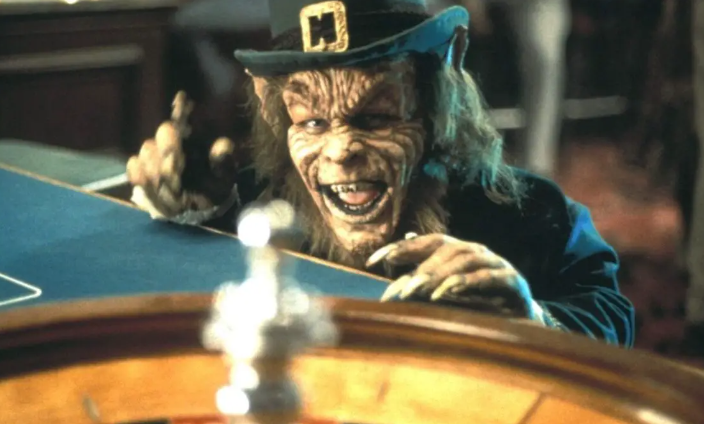
Saint Patrick’s Purgatory
An ancient pilgrimage site on Station Island in Lough Derg, County Donegal, is said to be the entrance to Purgatory where Saint Patrick had visions of the torments of the damned. It has been a place of pilgrimage since the early Middle Ages, with visitors seeking to experience visions and confront their own mortality in the stark conditions of the site.

The Shamrock’s Morbid Tale
While today the shamrock is a cheerful symbol of luck and Irish heritage, its roots in Saint Patrick’s lore carry a heavier symbolism. Saint Patrick is said to have used the three-leaved plant to explain the concept of the Holy Trinity to the pagan Irish, intertwining it with themes of death and rebirth, which adds a somber layer to its significance.
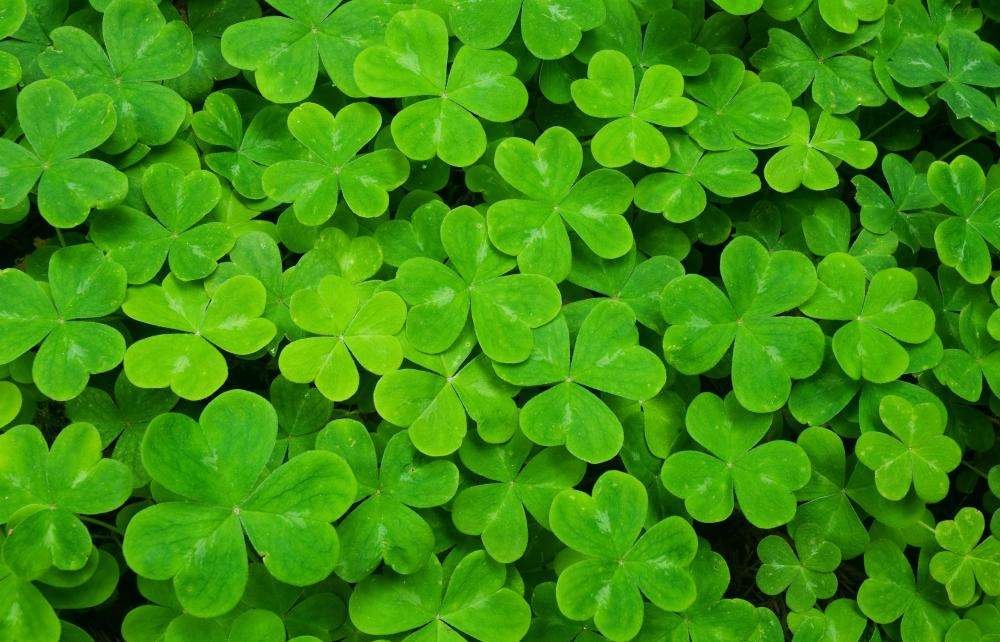
Ancient Druids and Human Sacrifice
Before the arrival of Christianity, Ireland was deeply immersed in the pagan practices of the Druids, which some historical accounts suggest included human sacrifice. Saint Patrick’s mission to convert the Irish to Christianity involved confronting these practices, hinting at a dark and violent period in Irish history that preceded the festive green celebrations of today.
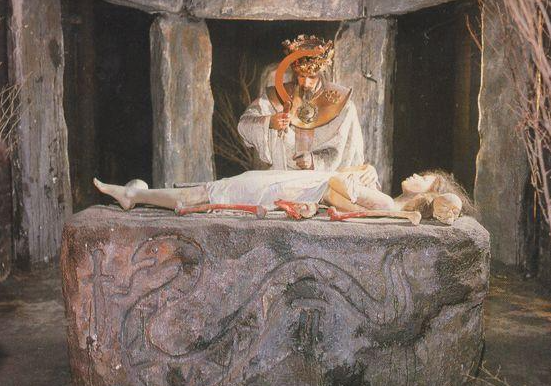
The Wearing of the Green Was Once a Crime
Ever wonder why Saint Patrick’s Day outfits are all in green? In the 18th and 19th centuries, wearing green was considered a rebellious act against the ruling British, and it could get you in serious trouble. The color green, associated with Irish nationalism and the Catholic faith, was banned, making the now-festive act of wearing green a dangerous statement against oppression. So next time you put on a green Saint Patrick’s Day shirt, remember there was a scary story behind it.

The Fairy Mounds
Irish folklore is rich with tales of fairy mounds, known as “sidhe,” which are believed to be gateways to the Otherworld. Disturbing these mounds was considered bad luck, and many are still wary of them today. Saint Patrick’s Day, with its deep roots in Irish lore, brings these ancient beliefs closer to the surface, reminding us of the mystical and sometimes unsettling aspects of the island’s history.

While Saint Patrick’s Day is primarily a celebration of Irish culture and heritage, these Saint Patrick’s Day facts remind us that there’s also a deeper, more mysterious layer to the holiday’s history and traditions, blending the line between the festive and the uncanny.









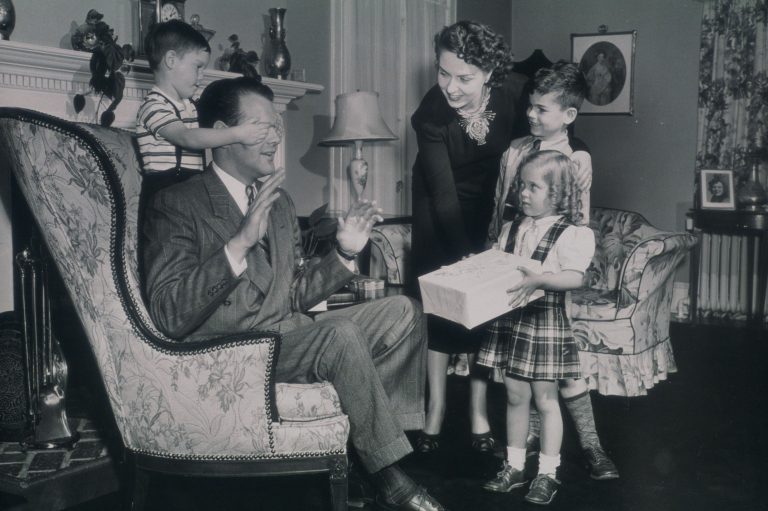


+ There are no comments
Add yours